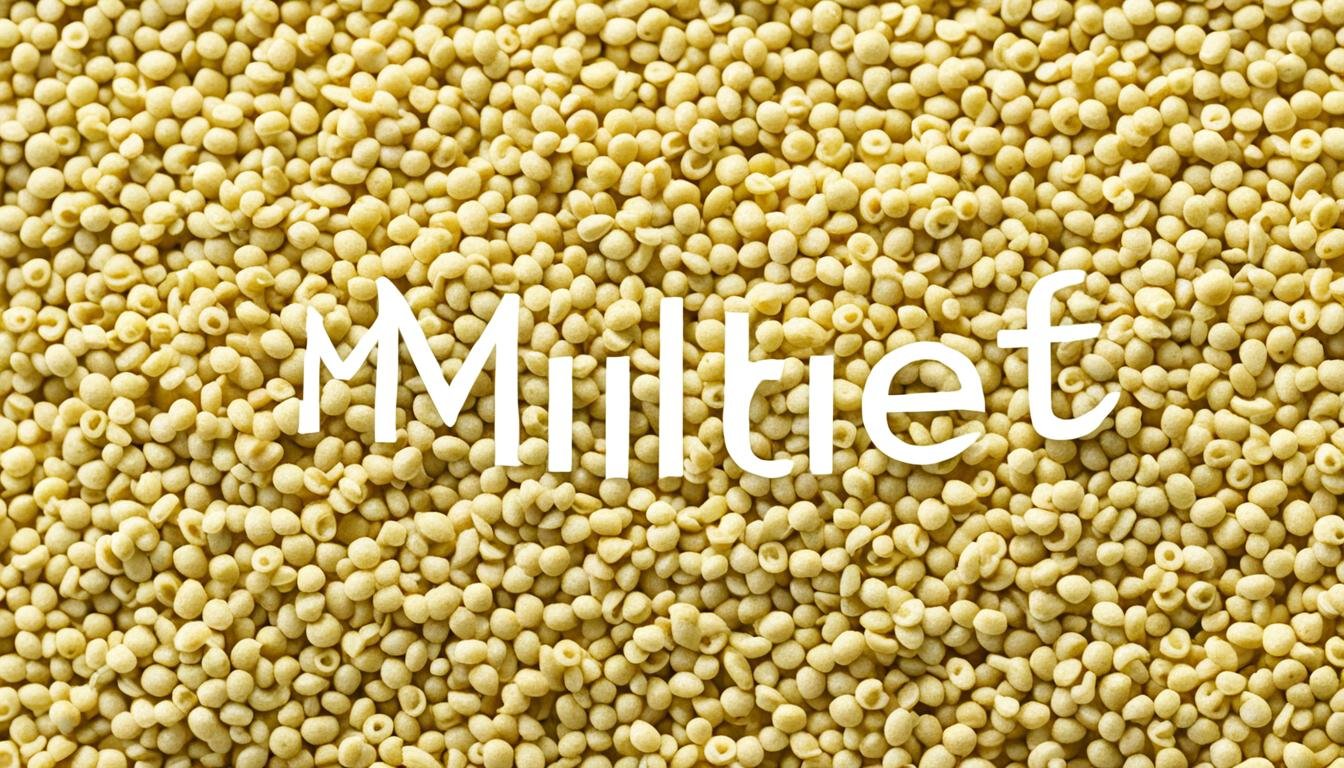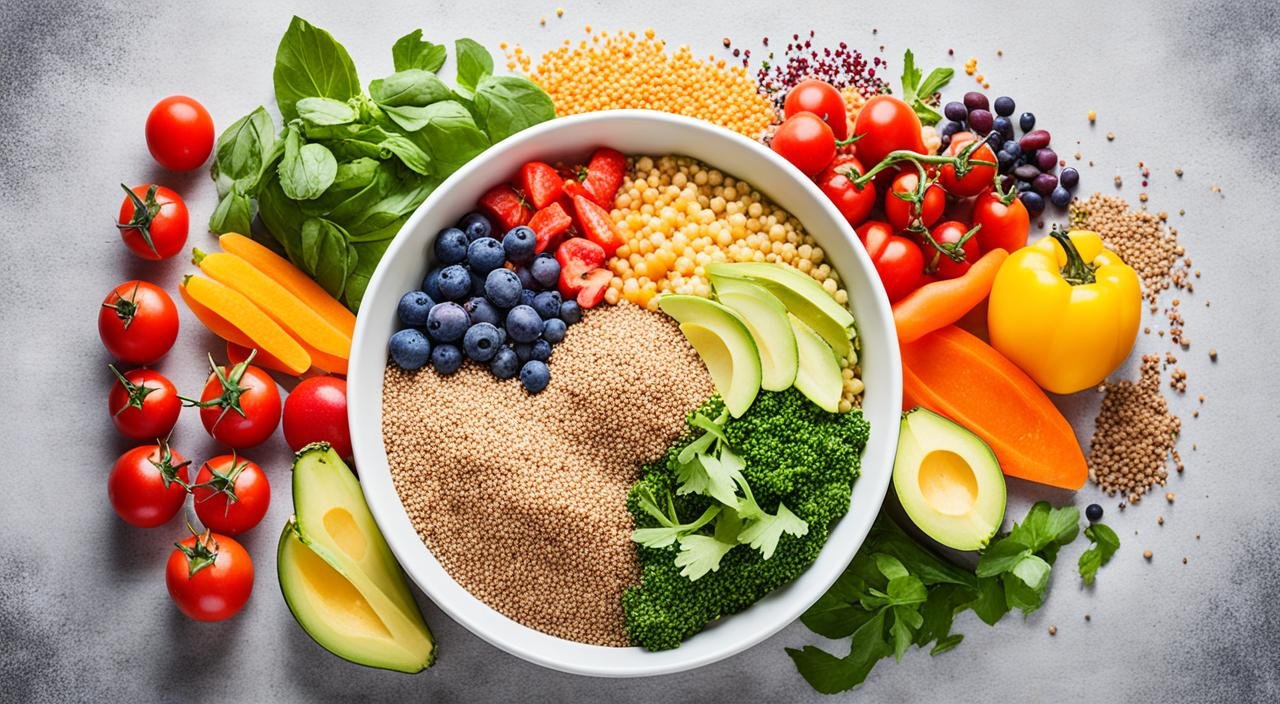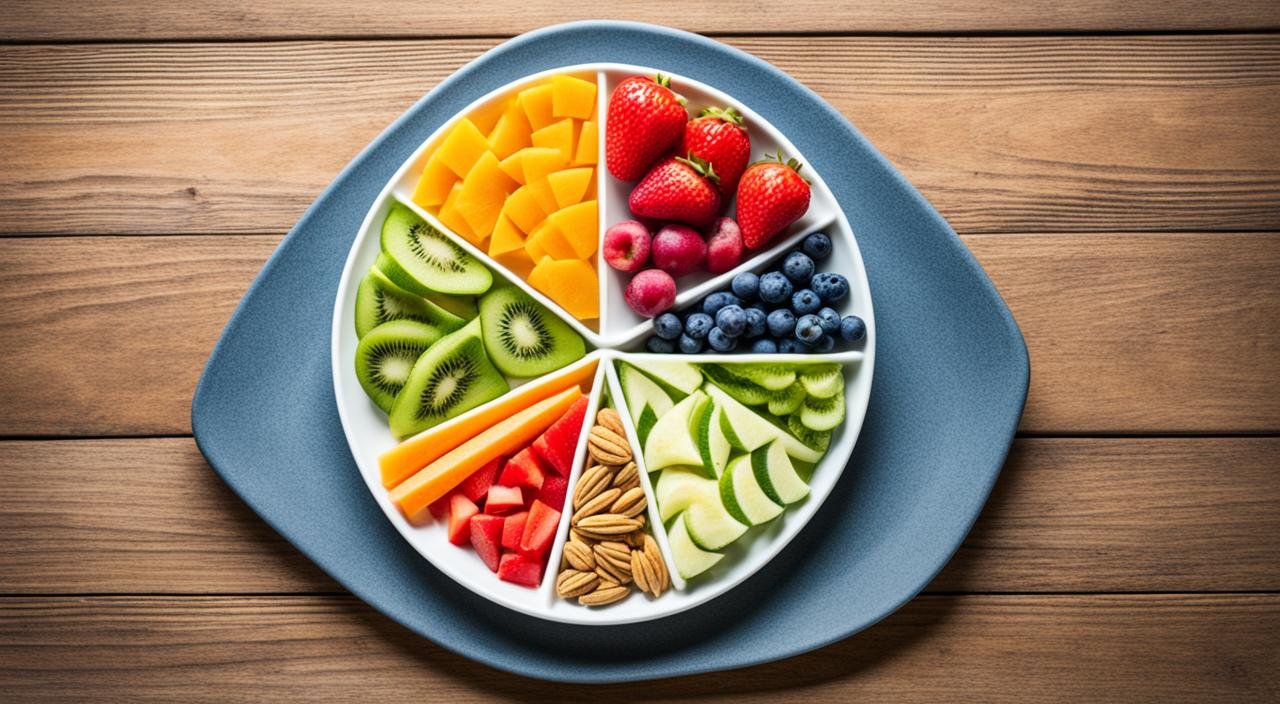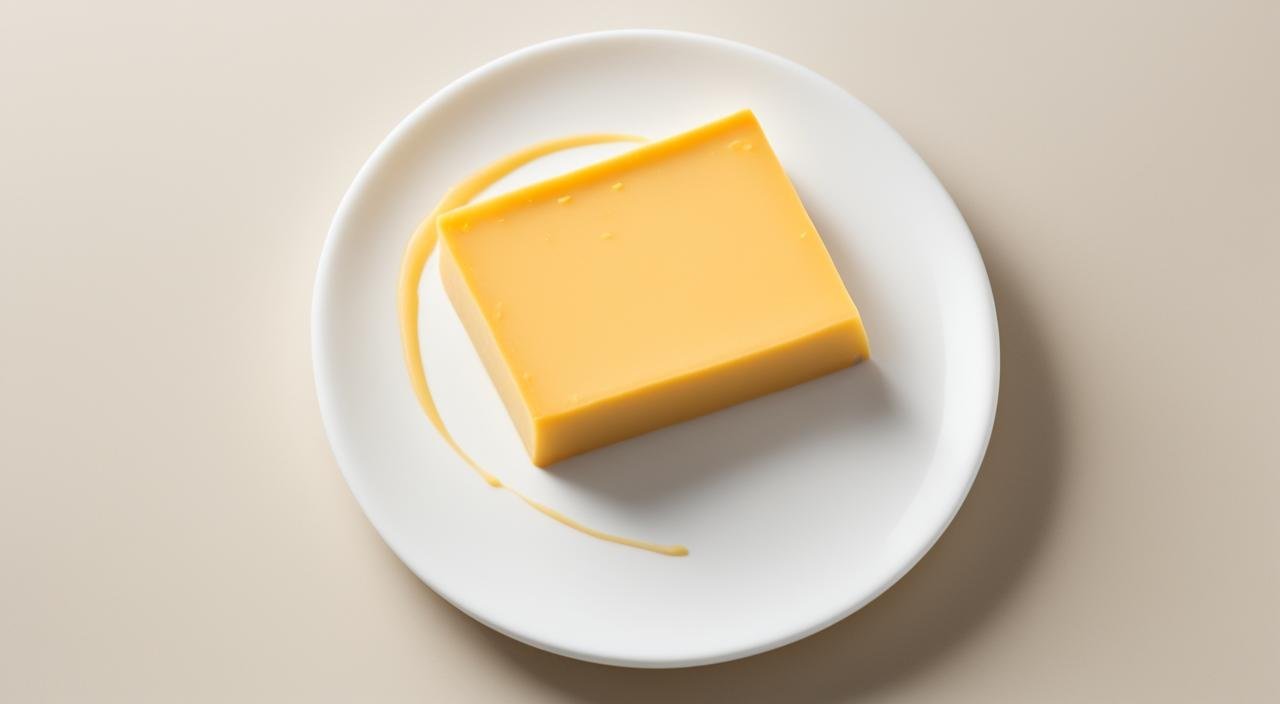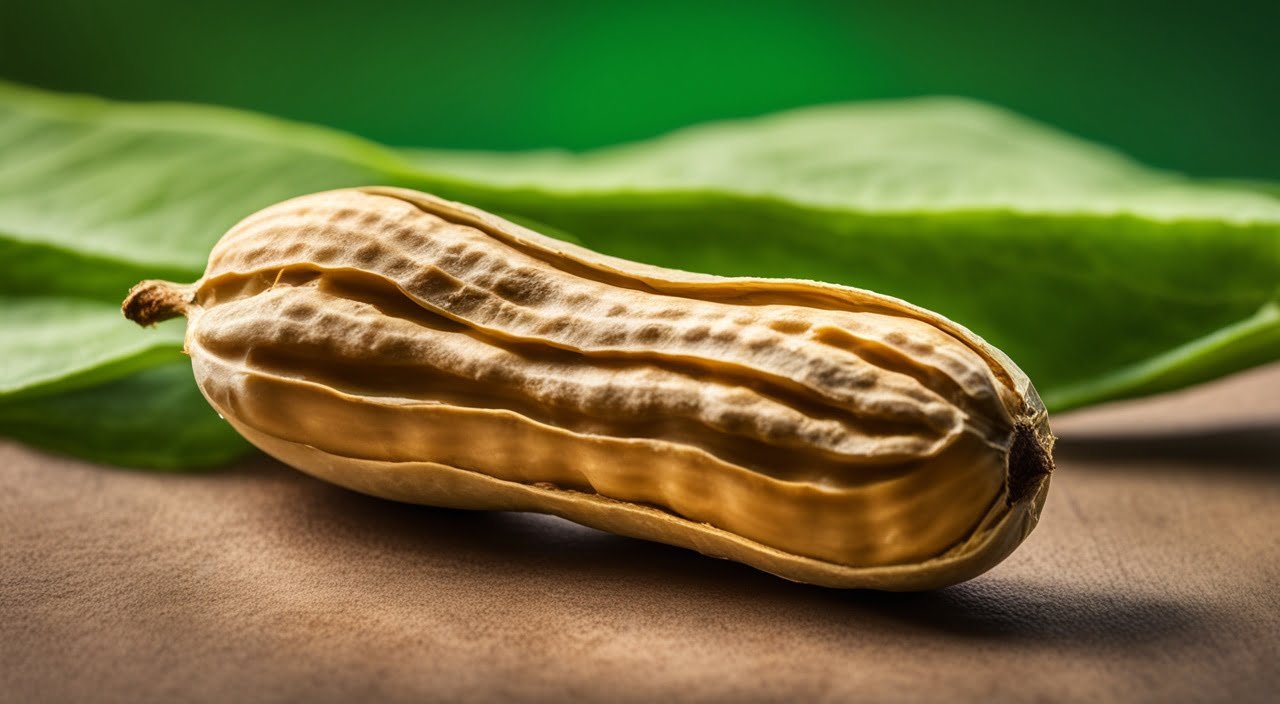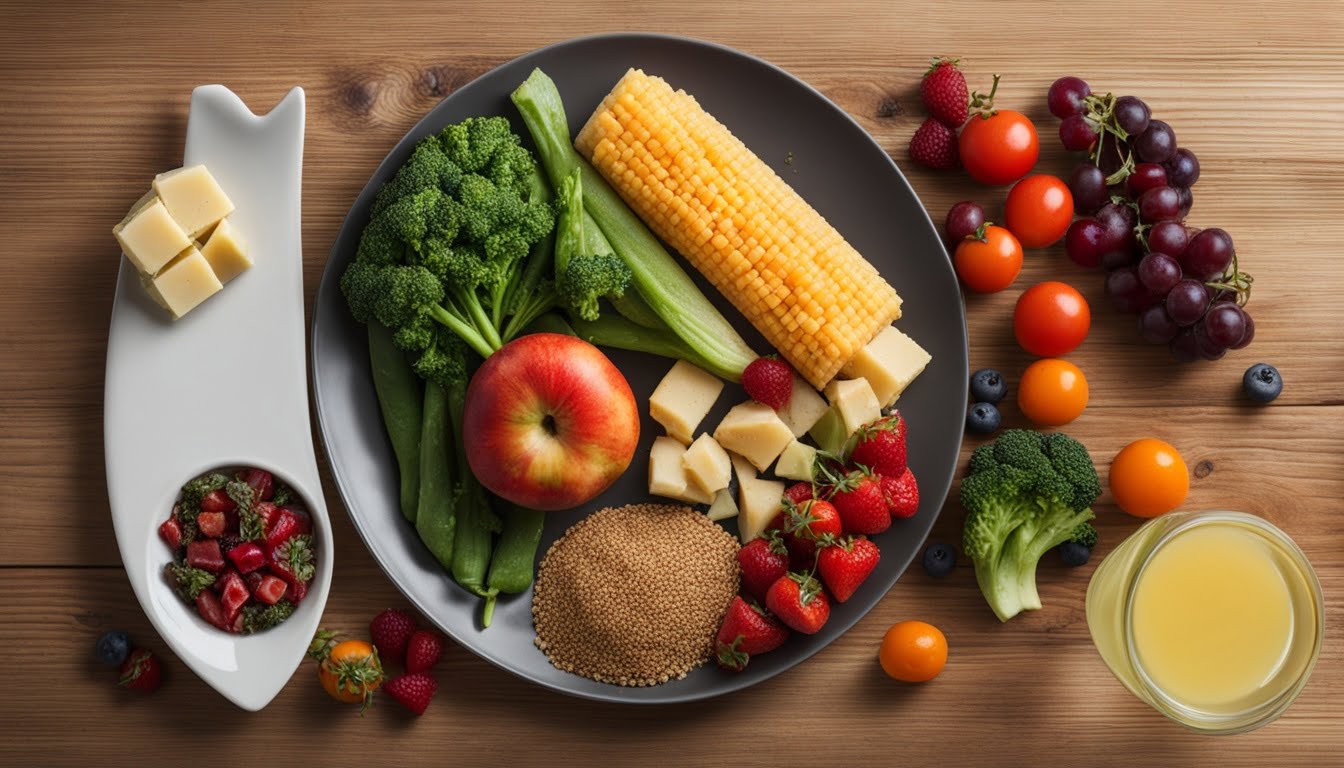Are you wondering if millet is gluten-free? It’s a common grain in many cultures but may not meet everyone’s dietary needs. Millet is free from gluten, essential for those with celiac disease or gluten sensitivity. We’ll explore why millet is a top choice for these individuals.
Millets are small-seeded grasses from the Poaceae family. This family includes major millets like sorghum and pearl millet. There are also minor millets such as finger millet and kodo millet. Additionally, pseudo-millets such as amaranth and buckwheat are not part of the Poaceae yet share similar benefits and uses.
What sets millets apart is their natural gluten-free status. They do not have the harmful protein gluten, unlike wheat, rye, and barley. This quality makes millet a go-to for people with celiac disease or gluten intolerance. Currently, about 1% of the world’s population has celiac disease. Because of this, the interest in gluten-free grains like millet is growing.
Key Takeaways
- Millets are a naturally gluten-free grain, making them a great option for those with celiac disease or gluten intolerance.
- Millets are a highly nutritious ancient grain, providing dietary fiber, protein, antioxidants, and essential vitamins and minerals.
- Millets can be used in a wide variety of sweet and savory dishes, from noodles and flours to traditional South Asian staples like dosas and idlis.
- Incorporating millets into your diet can offer numerous health benefits, including improved digestion, better blood sugar control, and reduced inflammation.
- Proper preparation, such as rinsing and soaking, can help enhance the texture and digestibility of millets.
Introduction to Millets
Millets are small-seeded grasses from the Poaceae family, which we know as the grass family. These whole grains have been a key food for many people across the globe for ages. They are famous for being rich in nutrients and promoting good health.
What Are Millets?
Millets vary in types, including gluten-free grains in different colors and sizes. They are split into major and minor millets. Major millets are larger and include sorghum (jowar), pearl millet (bajra), and foxtail millet. Minor millets, like finger millet (ragi), kodo millet, little millet, and barnyard millet, are smaller varieties.
Types of Millets
Besides the true millets, you can find pseudo millets like amaranth and buckwheat. Although not part of the Poaceae family, they have similar nutrients and uses. This makes for a wide selection of ancient grains to add to your meals.
is millet gluten free?
Yes, millet is 100% gluten-free, making it a perfect choice for those with celiac disease or gluten intolerance. Also, it suits anyone on a gluten-free diet. Unlike some grains like wheat, rye, and barley, millet doesn’t have gluten. Gluten can cause health problems for people sensitive to it. So, millet is a great, safe pick for those avoiding gluten. It adds variety and nutrition to your gluten-free meals.
Grains like wheat, barley, rye, triticale, and oats have gluten. On the other hand, buckwheat, corn, flax, millet, rice, quinoa, and sorghum are gluten-free grains. Something to remember is that oats are often mixed with wheat. So, people who need to avoid gluten should choose oats labeled as gluten-free.
| Gluten-Containing Grains | Gluten-Free Grains |
|---|---|
| Wheat, Barley, Rye, Triticale, Oats | Millet, Buckwheat, Corn, Flax, Rice, Quinoa, Sorghum |
Adding millet to your meals means you get a wholesome, gluten-free grain. It’s packed with protein, fiber, and important vitamins and minerals. Millet is a smart choice for those with celiac disease, or for anyone wanting to try new gluten-free foods.
Nutritional Benefits of Millets
Millets are top-notch in the nutrition world, standing out from other whole grains and ancient grains. They are rich in dietary fiber, which is great for the stomach. This fiber helps keep our digestive system running smoothly. Plus, millets have a low glycemic index, so they are a good pick for people with diabetes.
Rich in Dietary Fiber
Millets shine as a source of dietary fiber, giving you 2.2 grams per cooked cup. This fiber helps our stomachs stay healthy and can make us feel full. Feeling full can help us lose weight.
Low Glycemic Index
The low glycemic index of millets is super for those with diabetes. It helps keep blood sugar levels steady. Eating millets instead of rice at breakfast can lower sugar levels after meals for people with type 2 diabetes.
Great Source of Vegan Protein
For vegan protein, millets are a great choice, offering 6 grams per cooked cup. They give the body what it needs to build and maintain muscles. This is good for any plant-based diet.
Nutrition Powerhouse
Millets do more than provide fiber and protein. They also offer antioxidants, vitamins, and minerals. You’ll get 25% of the daily value for phosphorus, 19% for magnesium, and 6% for iron from millets. Adding them to your meals supports heart health and your overall health.
Low Calorie Count
Millets are light on calories, with just 207 in a cooked cup. They are filled with fiber, protein, and good carbs. This mix can keep you full and happy. They are ideal for those watching their weight.
Another grain people ask about is buckwheat. <=> If you’re starting a gluten-free diet, here’s some help.

Incorporating Millets into Your Diet
Millets are very versatile. You can use them in many dishes. Millet noodles and millet flours are great for those avoiding gluten. Even in traditional South Asian meals like millet dosas, millet idlis, and millet crepes, millets offer a tasty twist.
For breakfast or any meal, millets are a good choice. They make yummy millet porridges and millet khichdis. Millets can also spice up millet dhoklas, millet risottos, and millet salads. It’s fun to try different millet recipes and boost your nutrition with this gluten-free grain.

Tips for Cooking Millets
Prepping millets right makes them tasty and just right. Start by rinsing them until the water is clear. This gets rid of impurities. Also, soaking millets for 1 to 8 hours can quicken the cooking time and make them easier to digest.
Rinsing and Soaking Millets
Don’t forget to pour off the soaking water before cooking. This will help the millets to cook evenly. Also, they won’t get too soggy.
Cooking Times and Methods
Cooking millets need a pot with a good lid. This traps steam and cooks the millets well. After boiling water, lower the heat.
Let the millets cook until they are tender, usually about 25 minutes. They should not be chewy.
Serving Suggestions
Millets can be used in many ways. You can make porridge, pilafs, dosas, or salads. Try different recipes to see what you like. For more recipe ideas, check out these millet recipes.
I’m Dr. Shivani, a Kolkata-based nutritionist since 2015. After 10 years of igniting a love for healthy eating in young minds as a High School nutritionist teacher, I now help individuals unlock their full potential through personalized diet plans. My passion for writing and sharing nutrition knowledge (through blogs and observations) keeps my practice fresh and fuels my love for the field!

